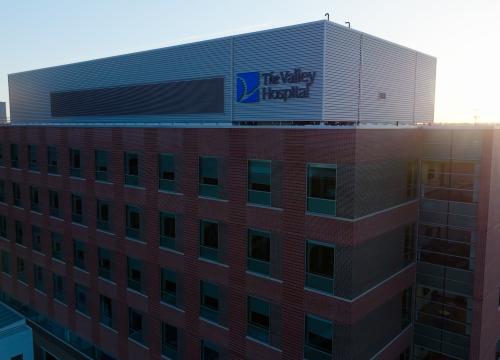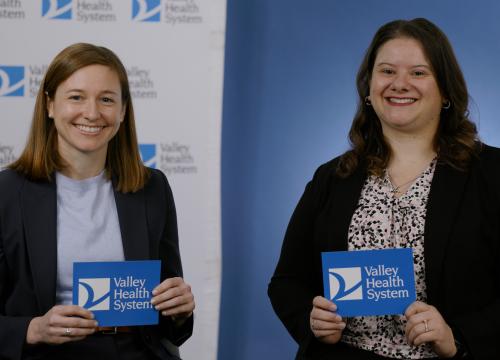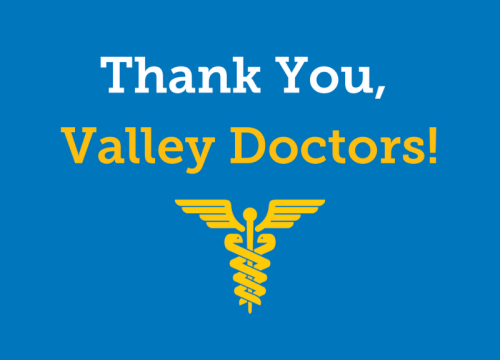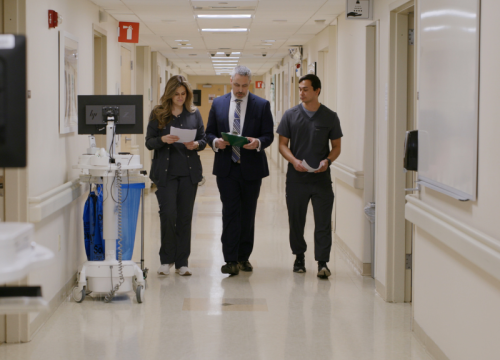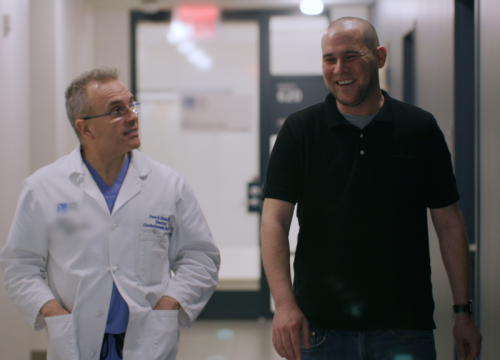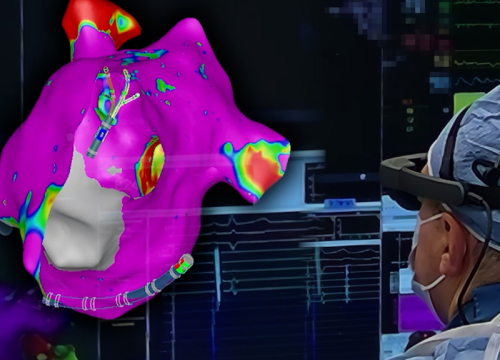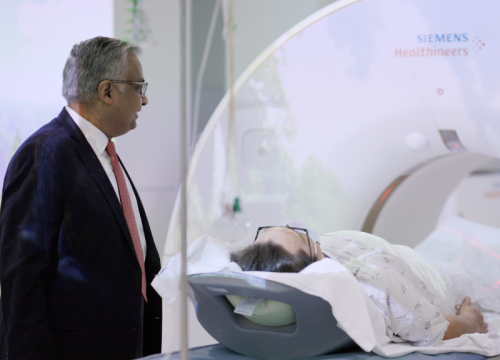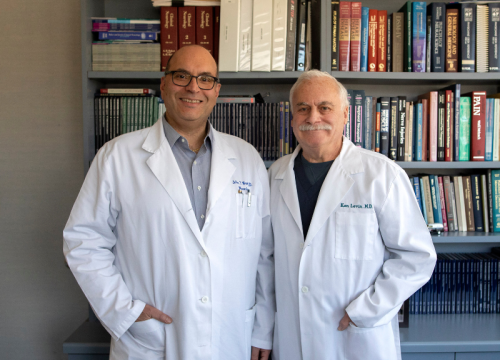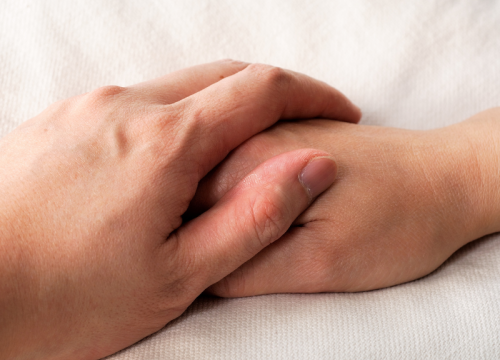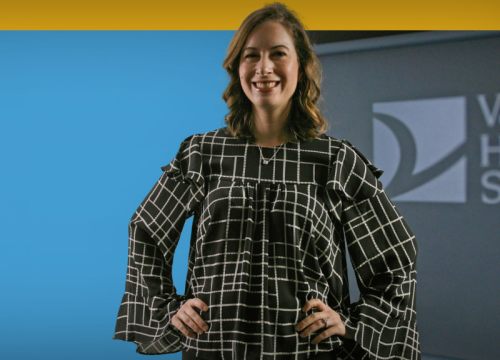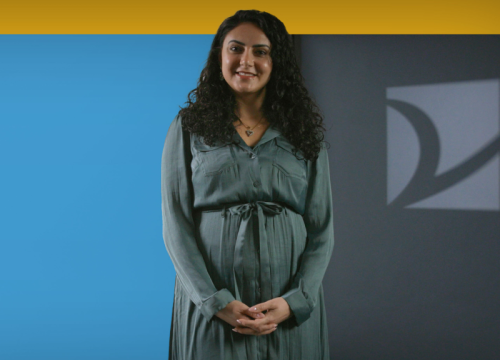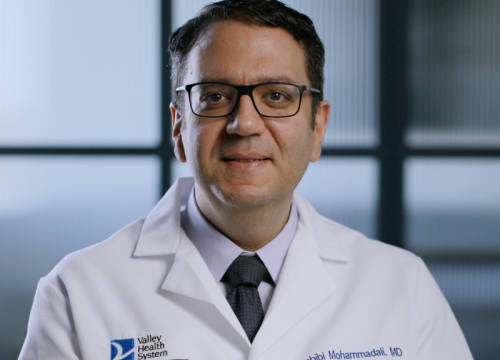Physical therapy is an important part of recovering from an illness or injury that affects one or more essential body parts. Valley's physical therapy team uses different treatments and techniques to improve strength, coordination, flexibility, range of motion and endurance. Often, two or more techniques are used together.
You may be given exercises to treat the body area. You may work with equipment, such as a stationary bike, weights, treadmill or other equipment. You may exercise in a pool (aquatic therapy). Your physical therapist may use heat or cold packs, massage, ultrasound or electrical stimulation as part of your treatment.
No matter what type of treatment you receive, your therapist will give you the information and directions you need to continue your therapy at home.
Physical Therapy Services
Valley’s physical therapists treat patients of all ages, from adolescents to seniors. Types of physical therapy available at Valley include:
Orthopedic Rehabilitation
Orthopedic rehabilitation includes a vast array of conditions that affect the skeletal and muscular system, including:
- Post-operative conditions: Joint replacements (hip and knee), ACL and meniscal repairs, Achilles tendon repair, rotator cuff repair
- Strains/sprains of muscles and ligaments
- Neck and low back pain
Orthopedic rehabilitation can include the following methods of treatment:
- Gait training
- Graston technique (instrument-assisted soft tissue mobilization)
- Manual or mechanical traction
- Myofascial release
- Taping: Including McConnell taping and kinesiotaping for knee stability
- Conditioning exercises for chronic disabilities
- Training, education and treatment for back and neck injuries
- Prevention of injury education
- Sports-specific rehabilitation
Neurological/Stroke Rehabilitation
Neurological rehabilitation can include a wide variety of diagnoses that affect the brain and nervous system. It addresses diseases, trauma or disorders of the nervous system, including:
- Stroke
- Transient ischemic attack (TIA) or mini-stroke
- Cerebral palsy
- Parkinson's disease
- Amyotrophic lateral sclerosis (ALS)
- Traumatic brain injury (TBI)
- Guillain-Barré syndrome
- Multiple sclerosis (MS)
- Peripheral neuropathy
- Brain or spinal cord tumors
- Muscular dystrophy
Some benefits of neurological therapy include:
- Conditioning for chronic disabilities
- Pain relief through modalities
- Strengthening for acute/chronic disabilities
Neurological rehabilitation is personalized to the needs of each patient and may include the following treatments:
- Coordination/balance training
- Stretching and strengthening exercises
- Functional training with ambulation and stair negotiation
- Use of assistive devices
- Prosthetic training
- Caregiver training
Vestibular Rehabilitation
Vestibular rehabilitation may improve symptoms related to problems with balance and the inner ear, including:
- Vertigo
- Benign paroxysmal positional vertigo
- Meniere's disease
- Unilateral/bilateral vestibular weakness or vestibulopathy
- Vestibular neuritis
- Labyrinthitis
- Mal de barquement syndrome)
- Dizziness
- Lightheadedness
- Visual disturbances
Specialized equipment is used to further diagnose and treat issues, including the NeuroCom® inVision™ system and Micromedical infrared goggles.
Gravity Fall Prevention Program
Gravity, Valley’s own balance program, is designed to assess balance impairments and fall risks that may include home safety, medications, cognitive/mental status, physical status, and functional status. Learn more.



